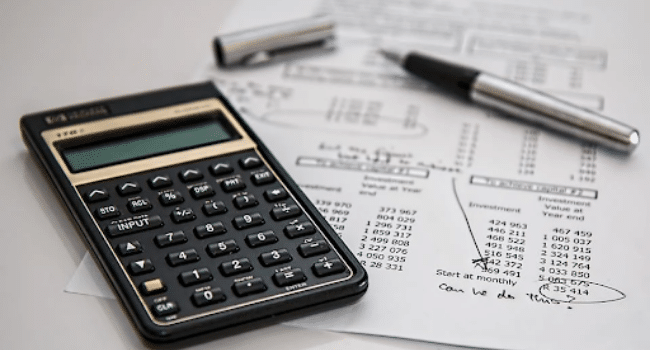Table of Contents
Businesses and companies with thousands of accounts, or a group of assets in a specific location or region, can have difficulty filing or handling business personal property tax returns. Such tangible assets can be considered business personal property or any tools or equipment utilized by a business or company in their line of work. Here are three tips to help you with the compliance stages in the business personal property tax life cycle and how to simplify preparing and filing those returns!
Business Personal Property Tax Management Tips
-
Manage your asset information before filing those returns.
Figuring out the value of your assets is essential to develop your personal property’s overall value for the jurisdiction that will assess them. First, you must get an accurate listing of the assets as of the assessor’s assessment date. For most states in the US, the calendar year is the basis. For example, all the listed assets in your books as of March 1, 2019. Furthermore, if you get rid of old computers or furniture, you must report those removals to an assessor. If you’ve gained additional assets, the additional assets must also be reported and tracked. Depending on the assessing jurisdiction, acquisition dates may be based on either a calendar or fiscal year; some states even have additional nuances regarding the acquisition date. Asset age ultimately determines the asset’s correct depreciation rate.
-
Make sure all the information in those return forms is correct!
You have to be sure you have the proper business personal property tax return forms first. For instance, if your business pays a freelancer, independent contractor, or sole proprietor, then you’re required to fill out the 1099 tax forms. Visit your local assessor’s website or contact them directly. Fill out those forms correctly, or it’ll be a nightmare if you don’t. It’s all fairly similar across forms. If you’re not using any software to help with taxes, you’ll have to fill out forms, one account at a time, manually. Supply supplemental information if necessary. Many forms require an attachment of a detailed listing of assets with their age, classifications, costs, and values. Don’t forget to review your local assessor’s rules to determine if an account should be exempted from getting filed. Also, a firm specializing in Property Tax Consulting can help any business or company with any queries or requests concerning business personal property tax returns.
-
Utilize software or other convenient tools to help with tax management.
Any business or company can make their tax filing process easier due to the automation provided by certain software systems that can create return packages complete with cover letters, return forms, and attachments – even custom ones. Then, with one click of a button, while using that software or tax-specific tool, you can populate all asset data on your state or local forms, all of which are automatically updated every year for every jurisdiction. Technological tools and software also make it easy to compare prior year values to current notice values and identify those numbers that don’t match at a central level. They also securely store your property data and help track assessments and deadlines.
Tax Advice for Australian Taxpayers
If you’re an individual seeking advice on tax or representing a small business, we are here to help you.
Author’s Bio:
William Ross may not be a lawyer by profession, but he’s one of the sharpest writers out there when it comes to property tax and valuation. Armed with considerable knowledge and gifted with impeccable writing skills, he can surely deliver engaging property-related content.
Read more on KulFiy
5 Things You Need to Know About Buying Real Estate in Mexico
